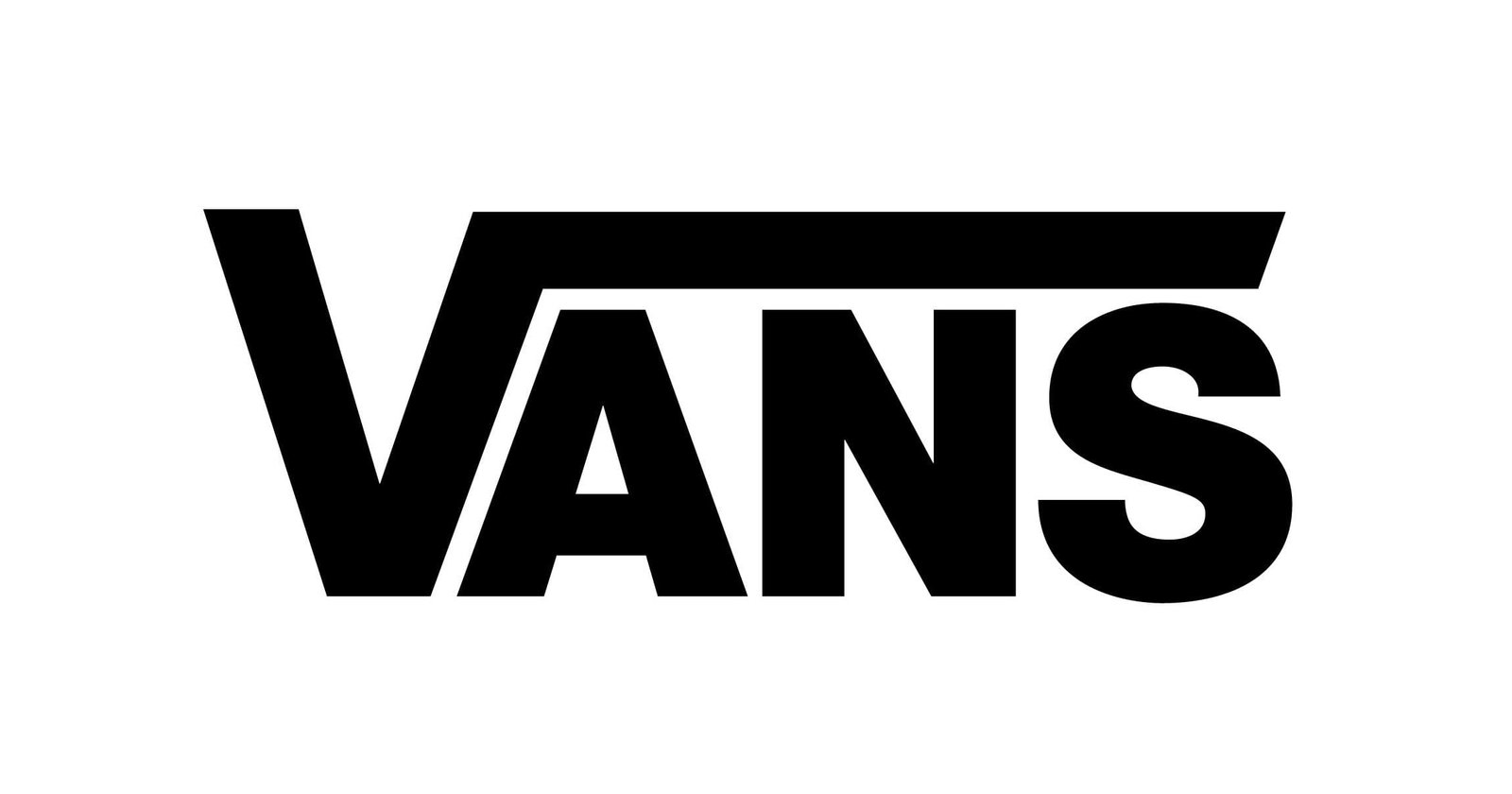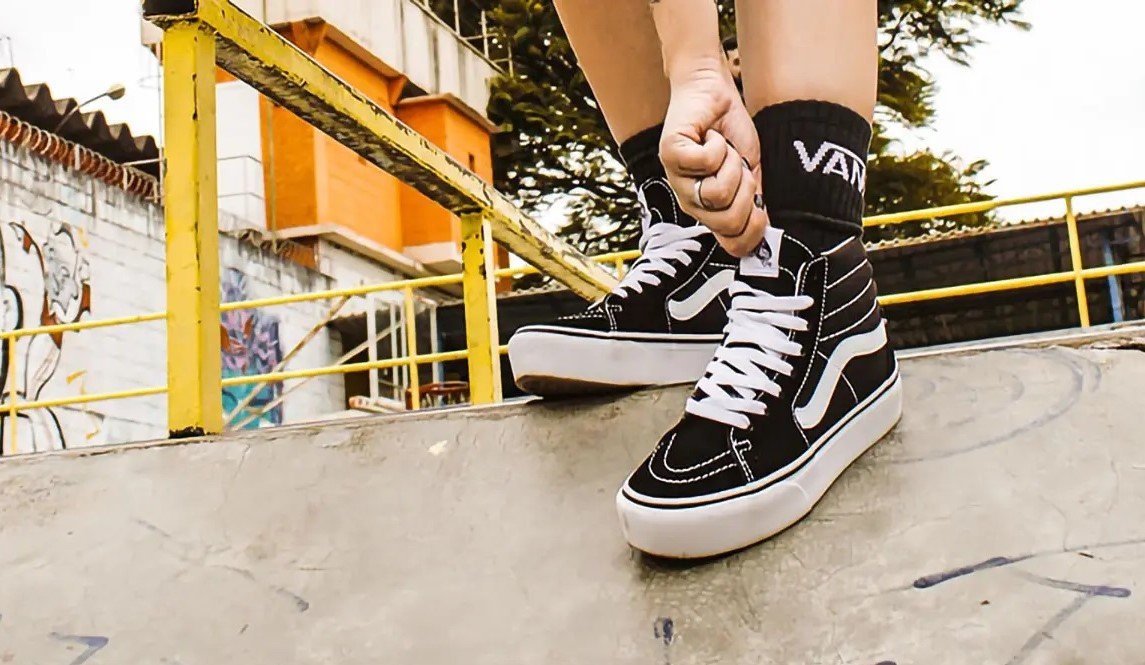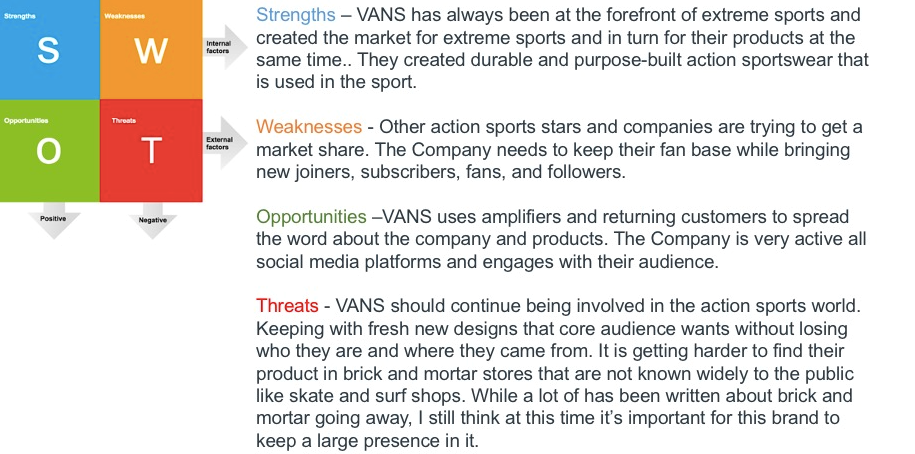Vans SWOT analysis – SWOT analysis of Vans: Vans is a brand that makes shoes as well as related equipment for skateboarding and snowboarding. The company, which has a target market of young customers is well-known for its fashionable but comfortable products and footwear that are specifically designed to be used in extreme sports, which is en vogue today.
The company was founded in 1906 when its founder Van Doren realized that there was an opportunity to sell shoes directly to the general public which depend on intermediaries. Vandoren and Serge De Elia and Gordy Lee decided to establish the first shoe store in which the shoes were developed and produced according to the customers’ demands. The company began to move into skating and snowboarding during the 1970s when the sport was an enthralling trend across the US.
The company currently has operations across the United Kingdom and Europe with retail stores located in Liverpool, England, Barcelona, and Spain. However, its largest market remains in the USA as well as Canada. In 2004, Vans joined forces to form The VF Corporation. The company recorded annual revenue of 2.1 billion dollars in 2017 and is an industry market-leading company in the snowboarding and skateboarding segments.
Vans fun facts: Legendary pro skater Anthony Van Engelen is the first-person rider for Vans Apparel.
About Vans – SWOT analysis of Vans
Contents
- 1 About Vans – SWOT analysis of Vans
- 2 Vans Competitors
- 3 SWOT analysis of Vans – Vans SWOT analysis
- 4 Strengths of Vans – Vans SWOT analysis
- 5 Weaknesses of Vans – SWOT Analysis Of Vans
- 6 Opportunities of Vans – Vans SWOT analysis
- 7 Threats of Vans – SWOT analysis of Vans
- 8 Overview Template of Vans SWOT analysis
[wp-svg-icons icon=”office” wrap=”I”] Company: VF Corporation
[wp-svg-icons icon=”user” wrap=”I”] CEO: Alan Tanouye
[wp-svg-icons icon=”user” wrap=”I”] Founder: Paul Van Doren | Serge D’Elia | Gordon Lee
[wp-svg-icons icon=”calendar” wrap=”I”] Year founded: 16 March 1966, Anaheim, California, United States
[wp-svg-icons icon=”location-2″ wrap=”I”] Headquarters: Costa Mesa, California, United States
[wp-svg-icons icon=”stats” wrap=”I”] Annual Revenue: USD$1.2 Billion
[wp-svg-icons icon=”bars” wrap=”i”] Profit | Net income: USD$107 Million
[wp-svg-icons icon=”users” wrap=”I”] Number of employees: 5,149
[wp-svg-icons icon=”pie” wrap=”i”] Products & Services: Skate shoes | BMX shoes | Snowboarding boots | T-shirts | Hoodies | Socks | Watches | Accessories
[wp-svg-icons icon=”globe” wrap=”I”] Website: www.vans.com
Vans Competitors
[wp-svg-icons icon=”pacman” wrap=”I”] Competitors: Converse | Timberland | Nike | Pacsun | Tilly’s | PUMA | Adidas | New Balance | Skechers | Reebok | Fila
SWOT analysis of Vans – Vans SWOT analysis
SWOT Analysis Of Vans is brand-based. SWOT Analysis of Vans evaluates the brand’s strengths, weaknesses, opportunities, and threats. Advantages and disadvantages can be attributed to internal factors while opportunities and threats can be attributed to external factors. We will be discussing Vans’s SWOT Analysis. Below is the detailed SWOT Analysis of Vans.
Let’s talk about Vans’s SWOT assessment.
Strengths of Vans – Vans SWOT analysis
- A Focus on Niche Segment: Quite unlike other shoe companies that do not have a distinct goal sector, Vans has always been focused on creating footwear and accessories for snowboarding and skateboarding. The focus on a specific segment through a specific niche has allowed the company to get to know its customers better and remain up with the latest fashions and demands.
- Customer Loyalty: Vans is an established brand in the snowboarding and skateboarding categories and most of the customers buy their footwear and are who are passionate about extreme sports. This means they are committed to Vans, and consequently, Vans has a low chance of the brand changing.
- Innovative design: Vans is credited with some outside-the-box unique designs and styles which are exactly what consumers want. Some of their most successful inventions include the checkerboard sneakers as well as the sneakers, slip-on, and so on.
- Partner and stakeholder relations: Vans has a strong partnership with companies like Disney, Star Wars, Simpsons, and the Beatles that promote the company’s products throughout their movies and shows. The company also sponsors extreme sports events like the Vans Triple Crown of Surfing in Hawaii and the U.S. Open of Surfing in Huntington Beach, California. They are also associated with music festivals like The Vans Warped Tour.
- High customer engagement: Vans provides services to a narrow segment, and therefore is dependent on only a few customers to support their business. The customers they serve have a specific interest in extreme sports and their requirement for shoes is specific. The company collects feedback regularly from its customers and incorporates this into its footwear.
Weaknesses of Vans – SWOT Analysis Of Vans
- Inability to gain traction in emerging marketplaces: Most multinationals are focused on emerging markets, such as India as well as China. However, compared to market leaders such as Nike as well as Adidas Vans is a comparatively low market share and popularity in these markets.
- Unsuccessful Repositioning: Vans has been trying to change its image as a snowboard and skateboarding shoemaker to the position of a brand that is a lifestyle brand. But the slogan on the walls, which is associated with the brand has been confusing, and the repositioning process isn’t working.
- Costs that are high: Vans which has been mostly a niche player, makes shoes that are custom-fit which means that the focus needs to be on value rather than volume, as their main segment within the main product segment is a tiny population. But, the company continues to be a sponsor for a number of extreme sports events and is associated with films that all have huge costs for the company, which affects the overall financial performance.
Opportunities of Vans – Vans SWOT analysis
- The increased recognition of extreme sport: Extreme Sports such as surfing or skateboarding that were once related to the Western World are slowly finding an audience in Asia. The market is still untapped in this particular area and could prove enormous for a company such as Vans which already has a strong presence in Western markets.
Threats of Vans – SWOT analysis of Vans
- Competition: The main competitors of Vans include Converse, New Balance, Nike, Adidas, and Puma.
- The thief: Like most established brands, Vans also find a significant risk in counterfeit products and imitations that are offered at a cheaper price. These counterfeits are eating away at their sales of Vans.
You May Also Like:
- Polo Ralph Lauren SWOT analysis – SWOT analysis of Polo Ralph Lauren
- Listerine SWOT analysis – SWOT analysis of Listerine
- Kaya Skin Care Clinic SWOT analysis
- Sainsbury SWOT analysis – SWOT analysis of Sainsbury
- Dabur Babool SWOT analysis – SWOT analysis of Dabur Babool
Overview Template of Vans SWOT analysis
This is the SWOT analysis of Vans. Please let us know if you have additional suggestions to add.
[wp-svg-icons icon=”bubbles” wrap=”i”] Let us know What do you think? Did you find the article interesting?
Write about your experiences and thoughts in the comments below.



